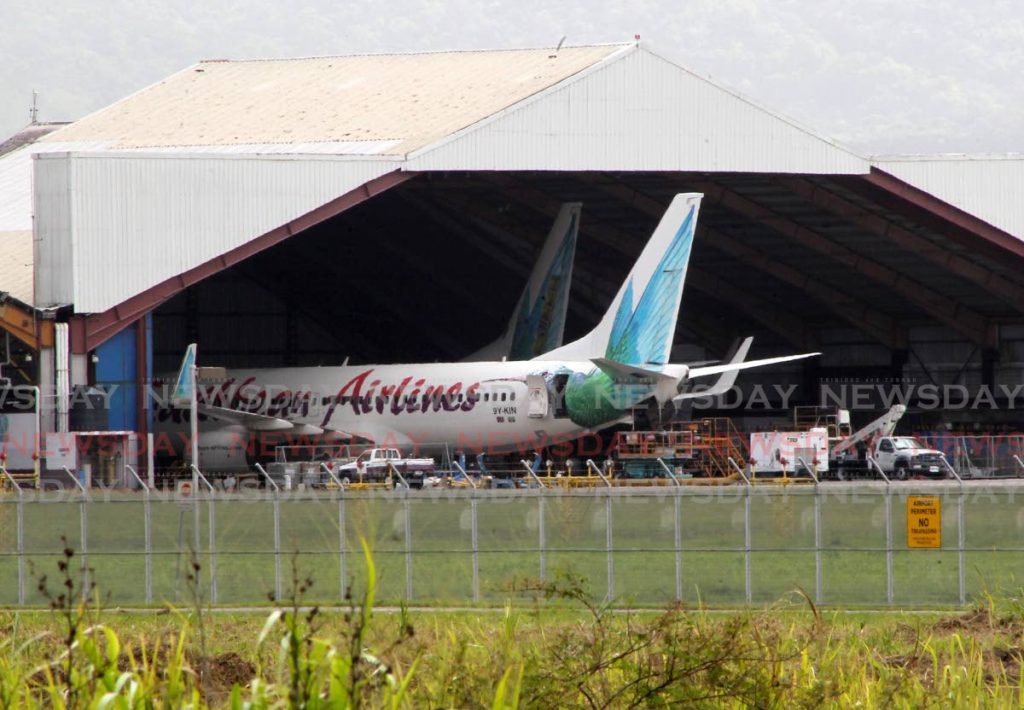Is this the point of no return for Caribbean Airlines?

The announcement of the retrenchment of 450 workers from state-owned Caribbean Airlines Ltd (CAL) is not only a sign of the economic realities facing the country but also a complete reversal of fortune for what was once the Caribbean’s largest airline and a symbol of national pride.
A visibly upset Finance Minister Colm Imbert expressed regret at this state of affairs in the Senate on Tuesday as he announced the cost of the retrenchment will be about $110 million. The full cost of this development, however, will be measured in the months, years and possibly decades to come.
Mr Imbert announced the CAL fleet, which once stood at 19, will be streamlined to 13 aircraft, comprising eight jets and five ATR turboprop planes. This is a significant reduction, which suggests the era of nationalisation when it comes to air travel could soon come to an end for TT.
CAL’s predecessor airline, British West Indies Airways (BWIA), had come, notwithstanding its name, to embody a hopeful spirit of optimism as this country moved from colonial status to independence. BWIA, which was founded in 1939, achieved an international reputation that remains legendary.
But, like many airlines, BWIA struggled to maintain profitability. Government closed the airline in 2006, offloading hundreds of staff as well as unionised workers, and replaced it with CAL with the ostensible aim of making the national airline profitable.
As fate would have it, CAL managed to record one year of profit, US$4 million, in all of the years of its operations. This one year of profitability, which presented the tantalising prospect of things finally looking up, occurred in 2019 –on the eve of a global pandemic that effectively shut down international air travel as we know it. Many seasoned and longstanding businesses, not limited to the aviation industry, were grounded.
The State has not suggested CAL will be shut down completely. There will always be a need for the domestic airbridge as well as basic international connections.
With the rest of the world resuming international travel thanks to effective vaccination programmes, the industry might return to pre-pandemic conditions by around 2023. It is possible the state airline could enter a phase of hibernation until then.
But there are no guarantees, and CAL's losses have been significant. Last year, it experienced a US$103 million loss. Before that, it regularly incurred losses between US$24 million and US$200 million, all the while benefiting from fuel subsidies, guarantees and other forms of state support.
The reduction of CAL’s fleet and the offloading of such a significant proportion of its workforce (at one stage it employed about 1,700 people) are ominous signs.
They also continue a process of diminution in progress for decades. BWIA/CAL gave up key airport slots and routes, such as those at London Heathrow, UK, amid much controversy.
In the end, in addition to practical considerations, it is a sense of pride that has managed to keep the airline afloat for so long, long after its glory faded. The covid19 pandemic, however, may turn out to be one thing CAL cannot rise above.

Comments
"Is this the point of no return for Caribbean Airlines?"